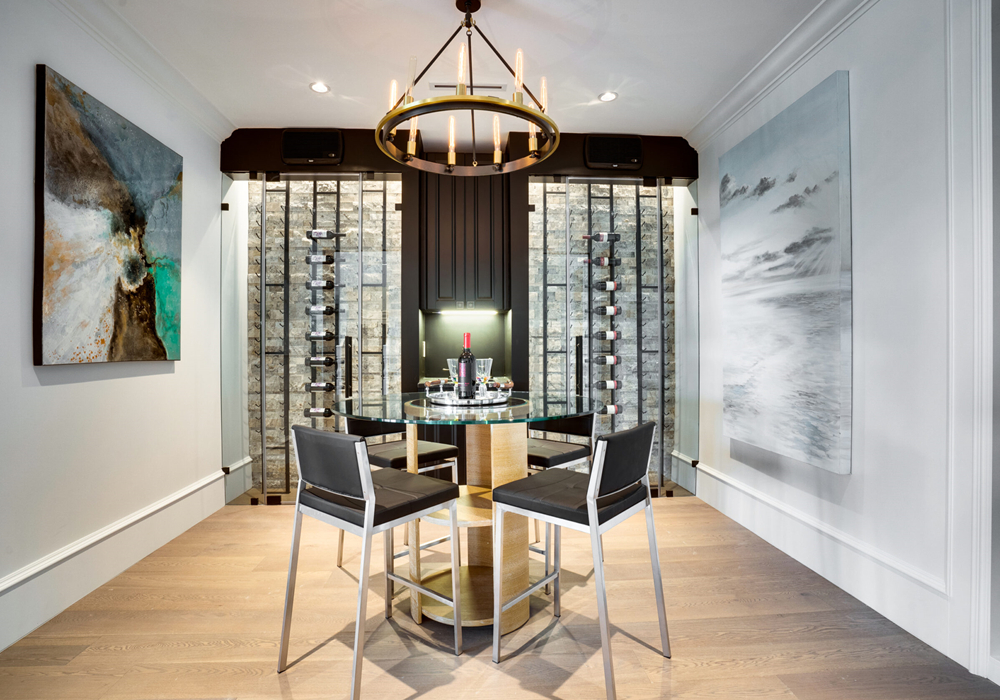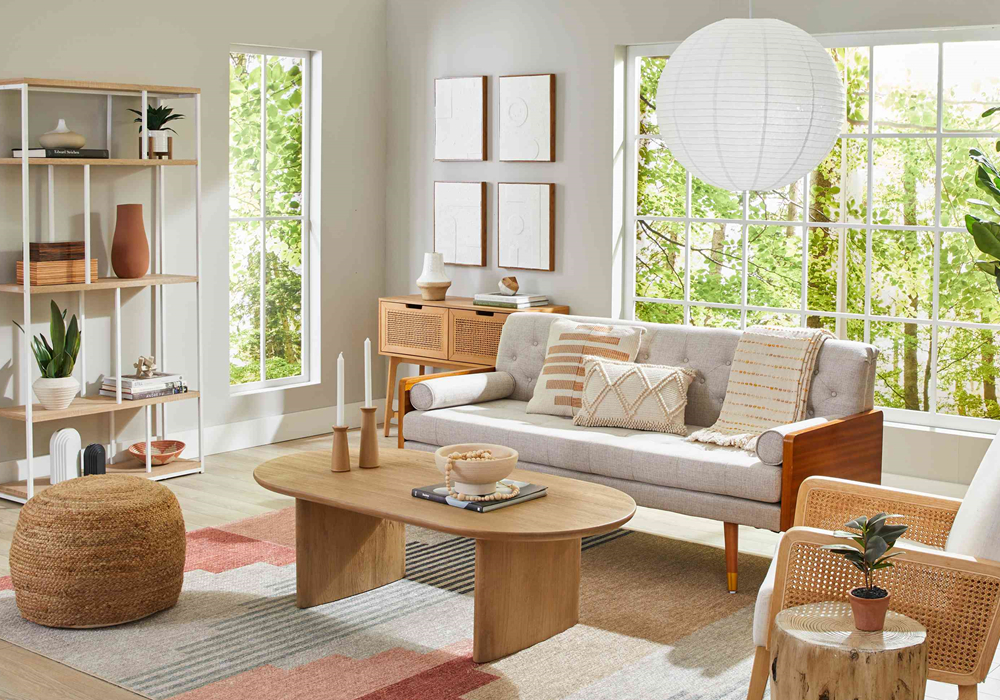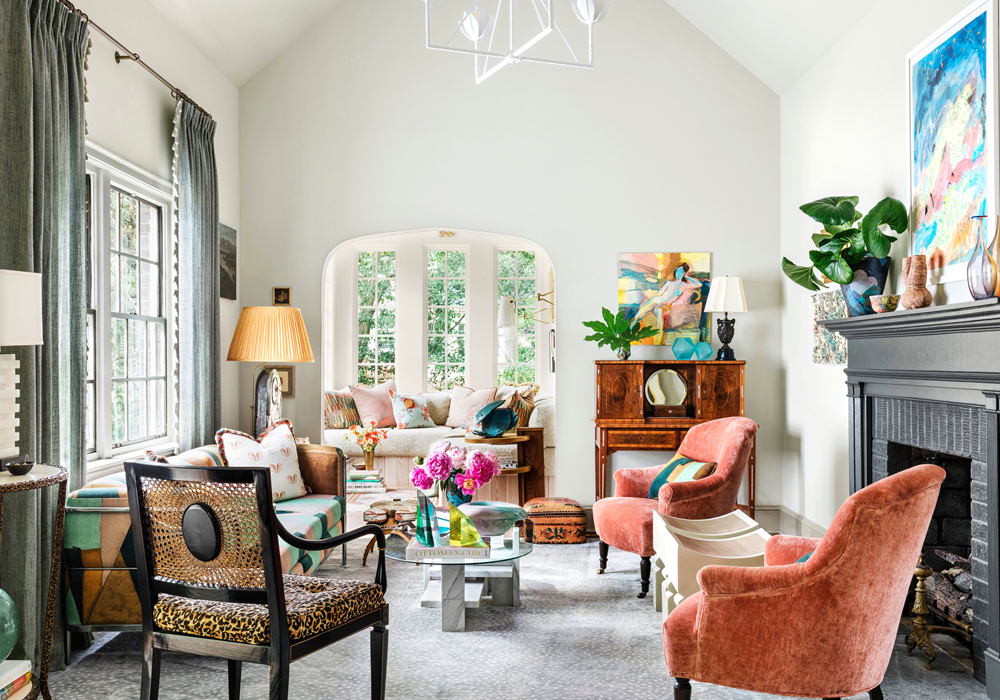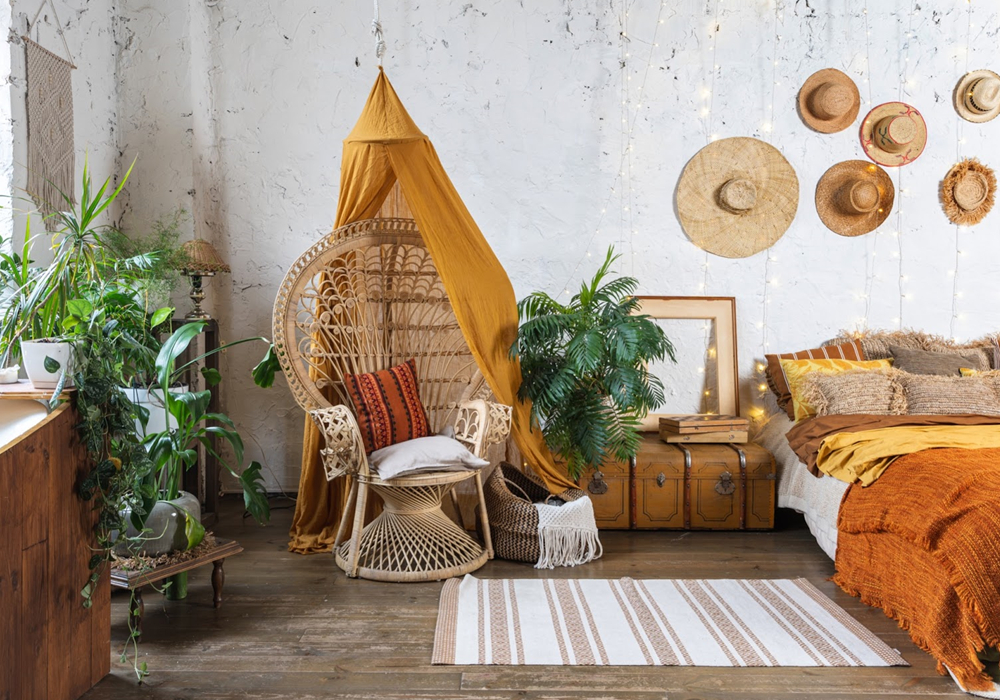Incorporating a neutral color palette is essential for achieving a minimalist look. Shades of white, beige, gray, and soft pastels create a serene backdrop that enhances the sense of space and light. These colors promote a calm atmosphere and allow your decor to shine without overwhelming the senses. When selecting furniture, opt for pieces with simple designs and natural materials. Furniture that combines form and function, such as a sleek coffee table with hidden storage, maximizes space while maintaining a clean aesthetic.
Lighting plays a crucial role in minimalist design. Natural light is ideal, so consider using sheer curtains to allow sunlight to filter in while maintaining privacy. If artificial lighting is necessary, choose fixtures with simple lines and a modern touch. Pendant lights or floor lamps with minimalist designs can add character without detracting from the overall aesthetic.

When it comes to decor, select a few statement pieces rather than overcrowding your space with numerous items. A single artwork or a carefully arranged plant can serve as a focal point, drawing the eye without creating visual chaos. Incorporating textures, such as a soft throw or a woven rug, adds warmth and depth to your minimalist decor while keeping the overall look streamlined.
Lastly, consider the layout of your space. Open floor plans and strategic furniture placement enhance the feeling of spaciousness. Avoid blocking pathways with excessive furniture, and ensure that each piece serves a clear purpose in the room. By thoughtfully curating your environment and focusing on essential elements, you can create a minimalist aesthetic that promotes peace and clarity in your living space. This approach not only enhances the beauty of your home but also fosters a more mindful and intentional way of living. Embracing minimalist aesthetics can lead to a serene environment that nurtures your well-being and encourages a simpler, more fulfilling lifestyle.



